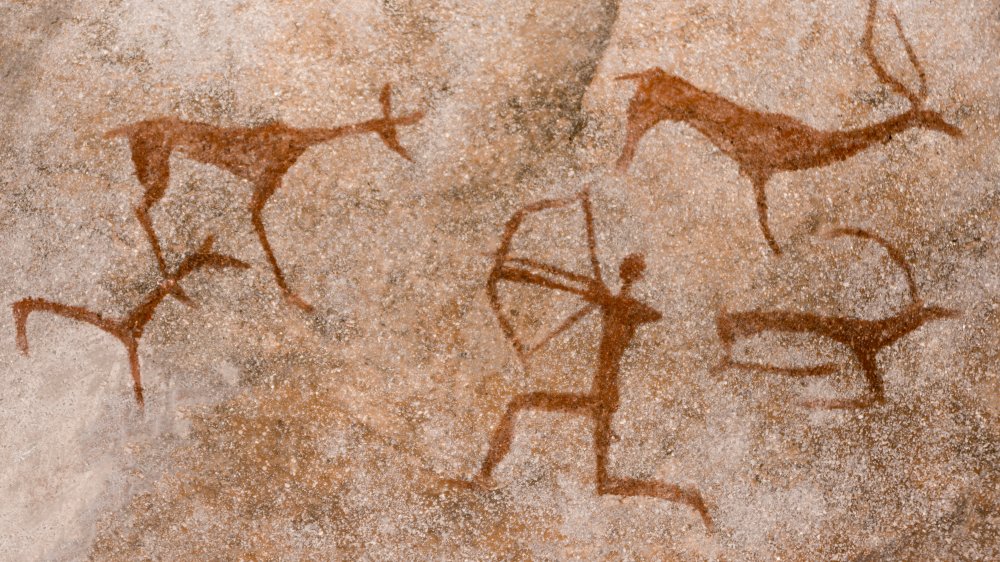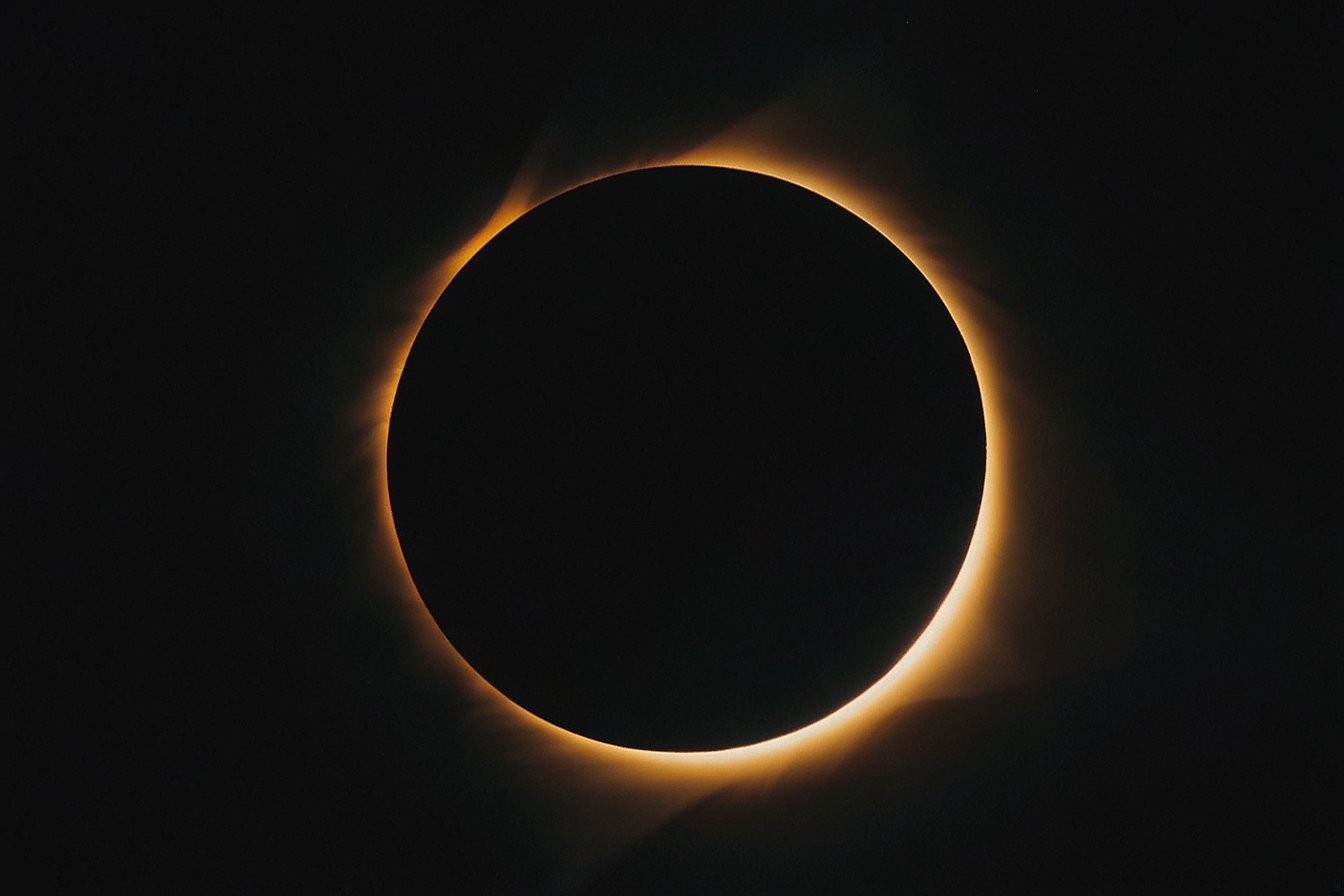15 moments that shook the planet
INDIAN OCEAN EARTHQUAKE AND TSUNAMI (2004)

The Indian Ocean earthquake and tsunami of 2004 was one of the deadliest natural disasters in recorded history. On December 26, 2004, a massive undersea earthquake with a magnitude of 9.1–9.3 struck off the west coast of northern Sumatra, Indonesia. The earthquake triggered a series of devastating tsunamis, or giant ocean waves, that spread across the Indian Ocean basin, affecting coastal regions in 14 countries, including Indonesia, Thailand, Sri Lanka, India, and the Maldives. The tsunamis, some reaching heights of up to 100 feet (30 meters), caused widespread destruction, flooding, and loss of life.
The aftermath of the Indian Ocean tsunami was catastrophic, with an estimated death toll of over 230,000 people and millions more displaced or affected by the disaster. Entire communities were swept away, homes and infrastructure were destroyed, and livelihoods were lost. The impact of the tsunamis was felt across borders, prompting an outpouring of international aid and humanitarian assistance to the affected regions. Relief efforts focused on providing emergency assistance, including food, clean water, medical supplies, and shelter, as well as long-term recovery and rebuilding efforts to help communities rebuild their lives.
The Indian Ocean tsunami of 2004 underscored the need for better early warning systems and disaster preparedness measures in vulnerable coastal areas. In response to the tragedy, countries and organizations around the world worked together to improve tsunami detection and monitoring capabilities, establish regional warning systems, and enhance disaster resilience in at-risk communities. The disaster also highlighted the importance of international cooperation and solidarity in responding to humanitarian crises and natural disasters, demonstrating the global community’s capacity for compassion and support in times of great need.

























